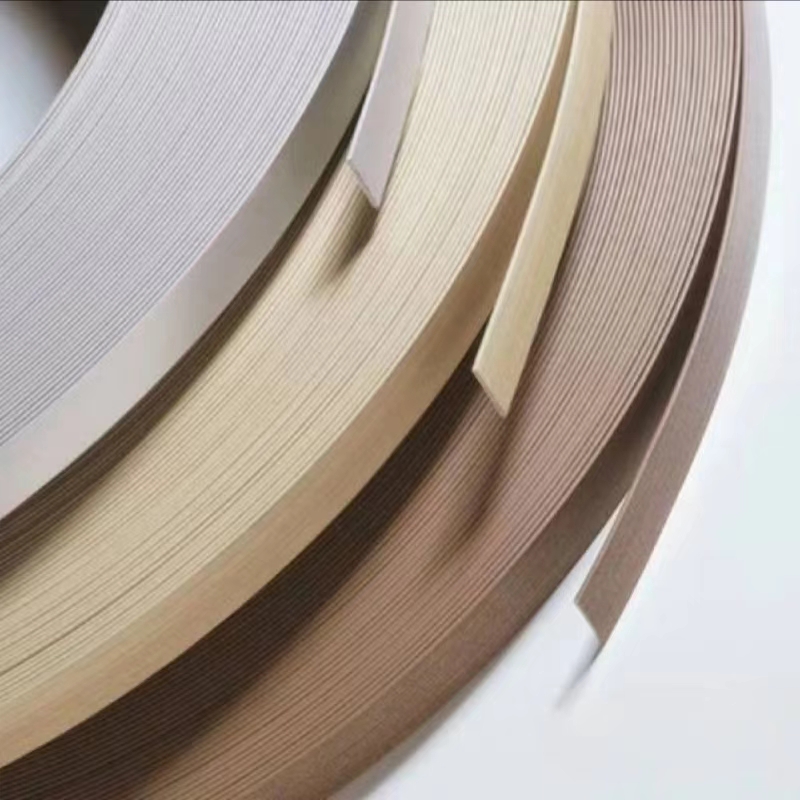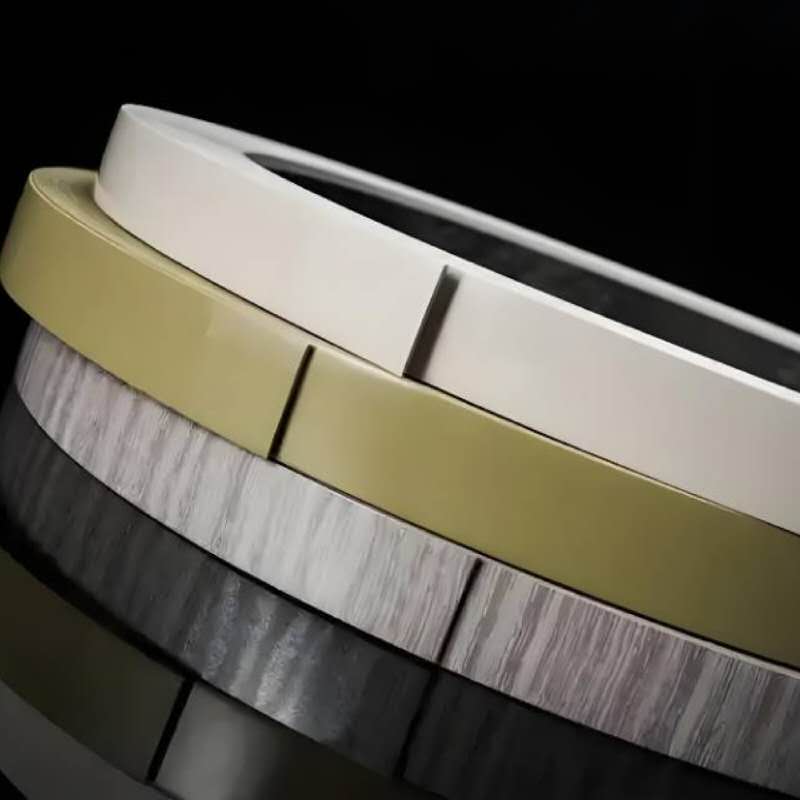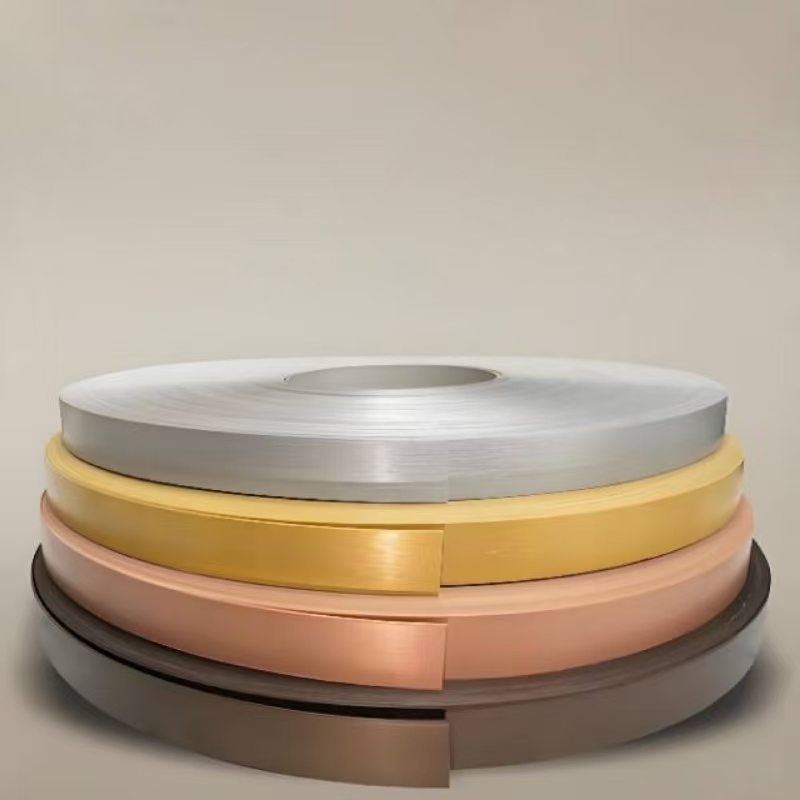Soft Rubber Strips, Hard Rubber Strips, and the Versatility of Soft-Hard Combined Rubber Strips
In the realm of industrial materials and everyday applications, rubber strips stand as unsung workhorses, offering solutions that bridge functionality, durability, and adaptability. Among the most indispensable variants are soft rubber strips, hard rubber strips, and soft-hard combined rubber strips—each designed to meet specific needs, yet collectively reshaping industries from automotive to construction. As demand for precision-engineered materials grows, these rubber strips continue to prove their worth, proving that their role is far more critical than their simple form suggests.
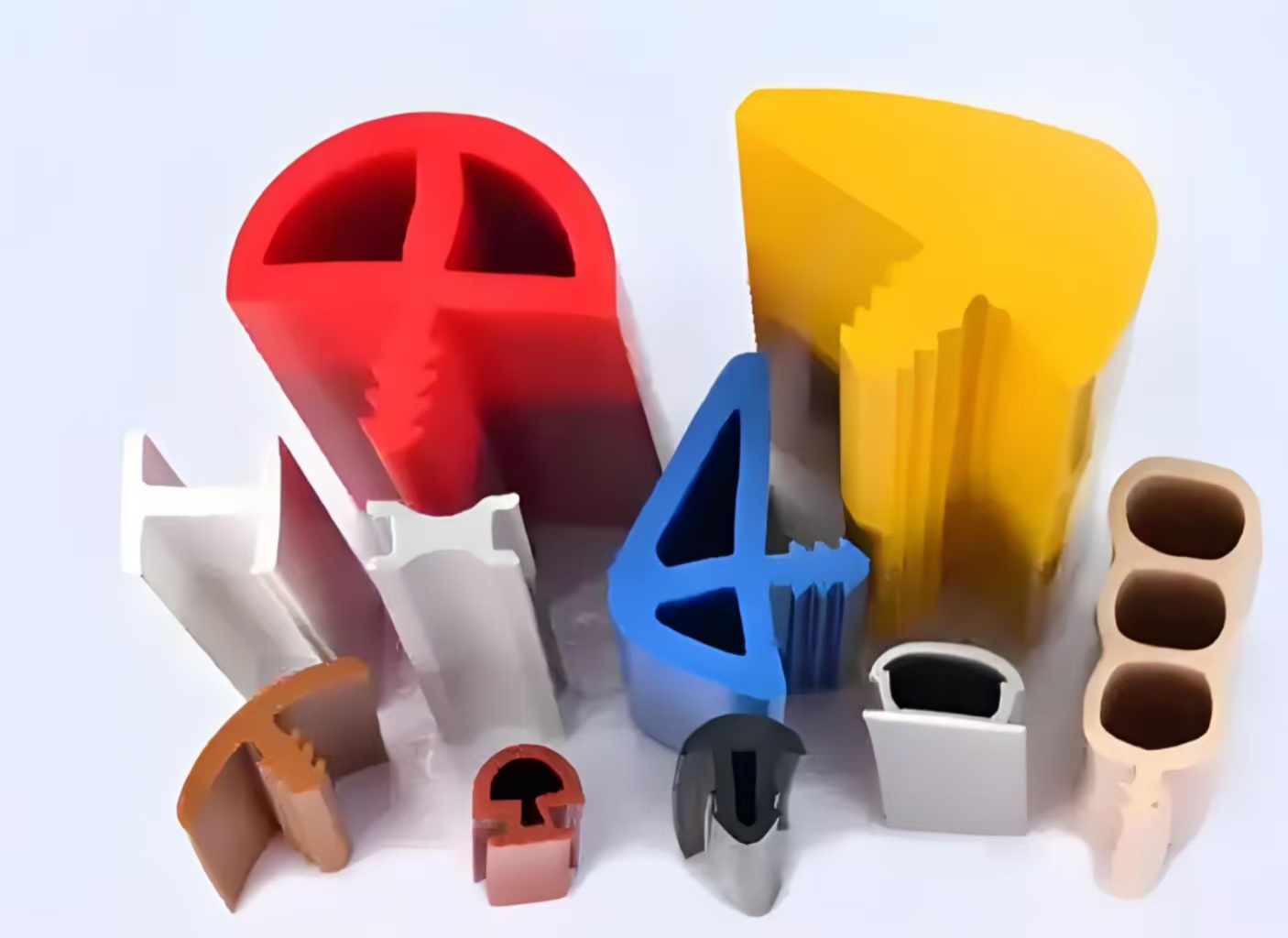 Soft rubber strips are celebrated for their flexibility and elasticity, traits that make them ideal for applications requiring a gentle touch or a tight seal. Crafted from materials with low durometer ratings, soft rubber strips conform easily to irregular surfaces, making them perfect for gaskets, weatherstripping, and cushioning. In automotive manufacturing, for example, soft rubber strips line door frames and windows, creating a barrier against dust, water, and noise while ensuring a smooth, vibration-free closure. In household appliances, they pad edges of blenders and microwaves, preventing scratches on countertops and reducing operational noise. Their ability to compress and rebound also makes soft rubber strips invaluable in medical equipment, where they provide comfortable, secure seals for devices like blood pressure cuffs and oxygen masks. Beyond functionality, soft rubber strips offer cost-effectiveness, as their malleability reduces the need for complex, custom-fitted parts.
Soft rubber strips are celebrated for their flexibility and elasticity, traits that make them ideal for applications requiring a gentle touch or a tight seal. Crafted from materials with low durometer ratings, soft rubber strips conform easily to irregular surfaces, making them perfect for gaskets, weatherstripping, and cushioning. In automotive manufacturing, for example, soft rubber strips line door frames and windows, creating a barrier against dust, water, and noise while ensuring a smooth, vibration-free closure. In household appliances, they pad edges of blenders and microwaves, preventing scratches on countertops and reducing operational noise. Their ability to compress and rebound also makes soft rubber strips invaluable in medical equipment, where they provide comfortable, secure seals for devices like blood pressure cuffs and oxygen masks. Beyond functionality, soft rubber strips offer cost-effectiveness, as their malleability reduces the need for complex, custom-fitted parts.
Hard rubber strips, by contrast, thrive in environments demanding rigidity and resistance. With higher durometer ratings, these strips maintain their shape under pressure, making them ideal for structural support, impact absorption, and wear resistance. In construction, hard rubber strips reinforce joints between concrete panels, preventing cracks and shifting while withstanding heavy loads. They line the edges of industrial machinery, protecting both equipment and workers from accidental collisions. In marine applications, hard rubber strips endure saltwater corrosion and constant friction, serving as fenders for boats and docks. Their durability also shines in electrical engineering, where they insulate wires and components, resisting heat and chemicals that would degrade softer materials. Hard rubber strips are not just tough—they are reliable, ensuring long-term performance in harsh conditions where failure is not an option.
Bridging the gap between flexibility and strength are soft-hard combined rubber strips, a hybrid solution that leverages the best of both worlds. These strips integrate sections of soft and hard rubber, tailored to specific tasks that require both adaptability and sturdiness. In the aerospace industry, for instance, soft-hard combined rubber strips seal舱门 (cargo doors):the soft portion conforms to uneven surfaces to block air and debris, while the hard portion reinforces the seal against extreme pressure changes during flight. In furniture manufacturing, they edge tables and chairs—soft rubber cushions impacts from daily use, while hard rubber maintains the piece’s structural integrity. Even in consumer goods like laptop cases, soft-hard combined rubber strips offer a balance: soft rubber absorbs shocks from drops, while hard rubber protects corners from cracks. This versatility makes soft-hard combined rubber strips a go-to choice for engineers seeking to solve complex problems with a single, efficient material.
The rise in demand for soft rubber strips, hard rubber strips, and soft-hard combined rubber strips reflects broader trends in manufacturing and design. Today’s industries prioritize materials that are not only effective but also sustainable, and rubber strips deliver on this front. Many are made from recycled rubber, reducing waste and lowering environmental impact. Additionally, their longevity minimizes the need for frequent replacements, further cutting down on resource consumption. In automotive and aerospace sectors, where fuel efficiency is key, the lightweight nature of rubber strips—compared to metal alternatives—contributes to reduced energy use, aligning with global efforts to combat climate change.
Innovation in production techniques has also elevated the performance of these rubber strips. Advanced molding processes allow for precise control over the hardness and flexibility of soft rubber strips, ensuring consistent quality across batches. For hard rubber strips, reinforced compounds now offer enhanced resistance to UV rays, oils, and extreme temperatures, expanding their use in outdoor and industrial settings. Soft-hard combined rubber strips benefit from improved bonding technologies, ensuring that the junction between soft and hard sections remains strong even under repeated stress. These advancements have made rubber strips more adaptable than ever, capable of meeting the unique demands of emerging technologies like electric vehicles and renewable energy systems.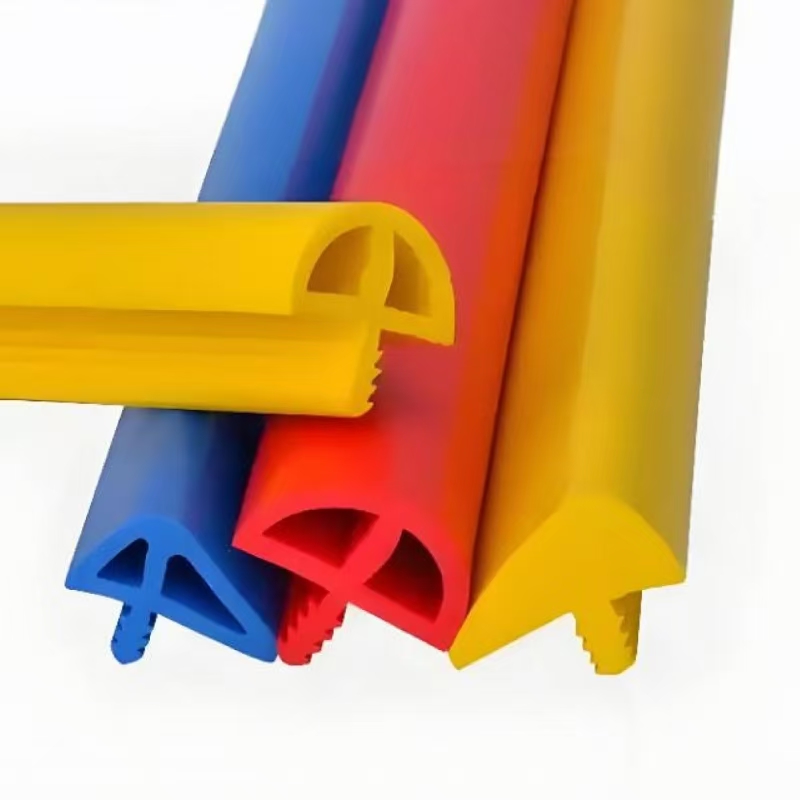
The applications of soft rubber strips, hard rubber strips, and soft-hard combined rubber strips continue to expand into new frontiers. In renewable energy, soft rubber strips seal solar panel frames, protecting internal components from moisture while accommodating thermal expansion. Hard rubber strips anchor wind turbine blades, withstanding high winds and constant movement. Soft-hard combined rubber strips even play a role in robotics, where they provide both grip (soft) and structural support (hard) for robotic arms handling delicate or heavy objects. In healthcare, they are integral to wearable devices, offering comfort (soft) and durability (hard) for long-term use on patients.
Consumer awareness of these materials is growing, too. Homeowners now seek out products featuring soft rubber strips for door seals that reduce energy loss, while DIY enthusiasts rely on hard rubber strips for projects requiring sturdy, weather-resistant edging. Soft-hard combined rubber strips are becoming a staple in home improvement stores, praised for their ability to simplify tasks like weatherproofing windows or cushioning sharp furniture edges. This shift from industrial to consumer use highlights the universal appeal of these rubber strips—their functionality transcends sectors, making them essential in both professional and personal settings.
Looking ahead, the future of soft rubber strips, hard rubber strips, and soft-hard combined rubber strips is bright. As industries push for more efficient, durable, and eco-friendly materials, rubber strips are poised to play an even larger role. Researchers are exploring new compounds that enhance their properties—such as self-healing soft rubber strips or conductive hard rubber strips for electronic applications. Soft-hard combined rubber strips may soon integrate smart technologies, like sensors embedded in the hard section to monitor wear and tear, while the soft section maintains flexibility. These innovations will ensure that rubber strips remain at the forefront of material science, adapting to meet the challenges of tomorrow.
In conclusion, soft rubber strips, hard rubber strips, and soft-hard combined rubber strips are more than just components—they are the backbone of modern design and manufacturing. Their ability to balance flexibility, strength, and sustainability makes them indispensable across industries, proving that even the simplest materials can drive innovation. As we continue to build, create, and innovate, these rubber strips will undoubtedly remain essential, quietly supporting progress in ways both seen and unseen. Whether sealing a window, protecting a machine, or enabling new technologies, soft rubber strips, hard rubber strips, and soft-hard combined rubber strips are here to stay, proving their value time and time again.


